The best file format for black and white photography
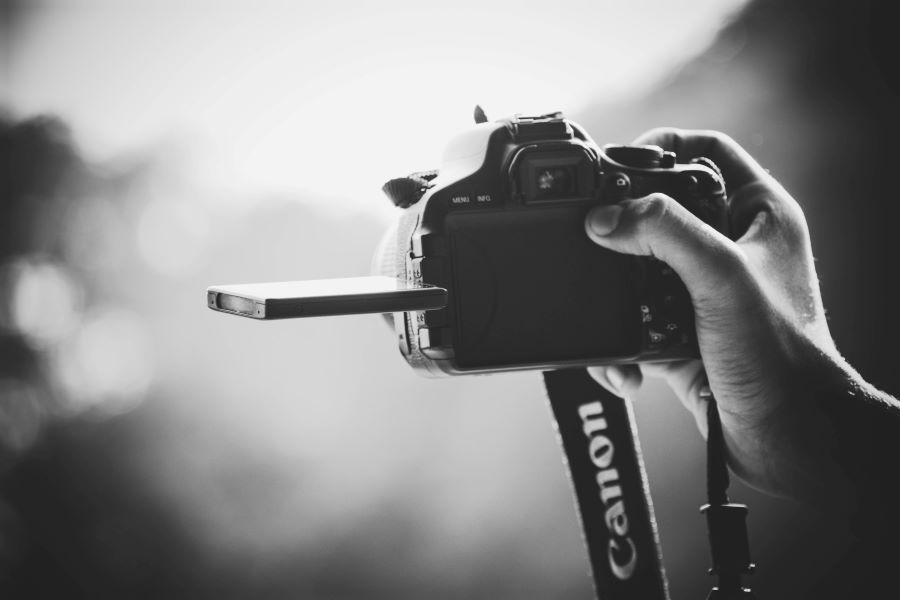
It’s a well-known thing that photography is art for itself, but did you know that there are different file extensions suited for different types of photography? This time, we’re going to talk about the best file format for black and white photography.
On this page:
Black and white photography – basics
The only natural thing is to start with the basics of black and white photography in general. Although monochromatic photography has been around since the 1820s, let’s face it, using different tones of gray is a real art, many artists can’t master. Unfortunately, we can’t help you with talent, but with proper file formats and few more tricks, we’ve got you covered.
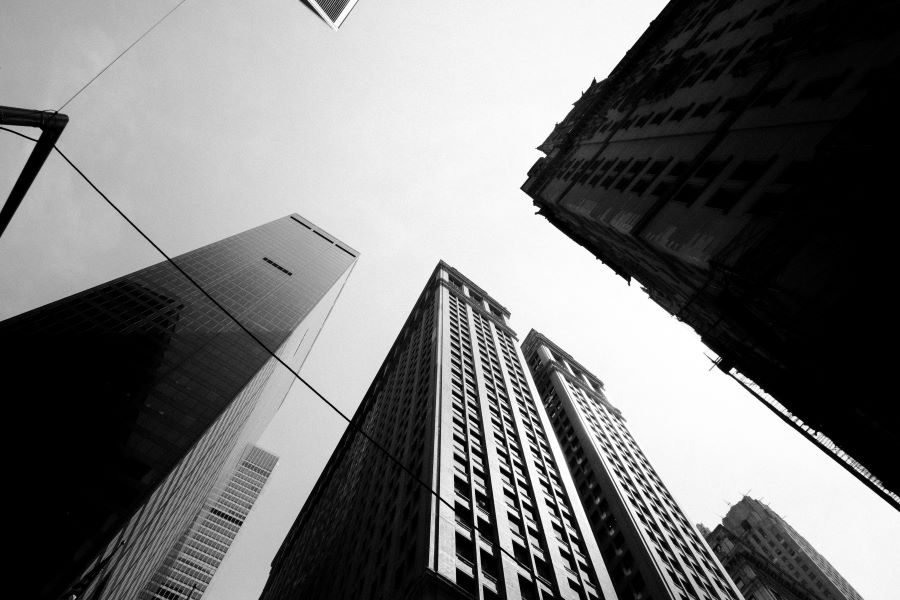
For starters, always keep in mind that some objects don’t work well in black and white. So, if sometimes some photos are not eye-appealing, the scenery might not be photogenic in black and white. That’s why it’s a good idea to take pictures in color first, and then transform them in black and white in postproduction. But just in case you want to take them in their no-colors form right away, there are a few things you should pay attention to when shooting in black and white.
1. Shadows
Shadows have completely different purpose when it comes to black and white photography. They are major elements of composition, and sometimes they make a big difference between average and perfect photo.
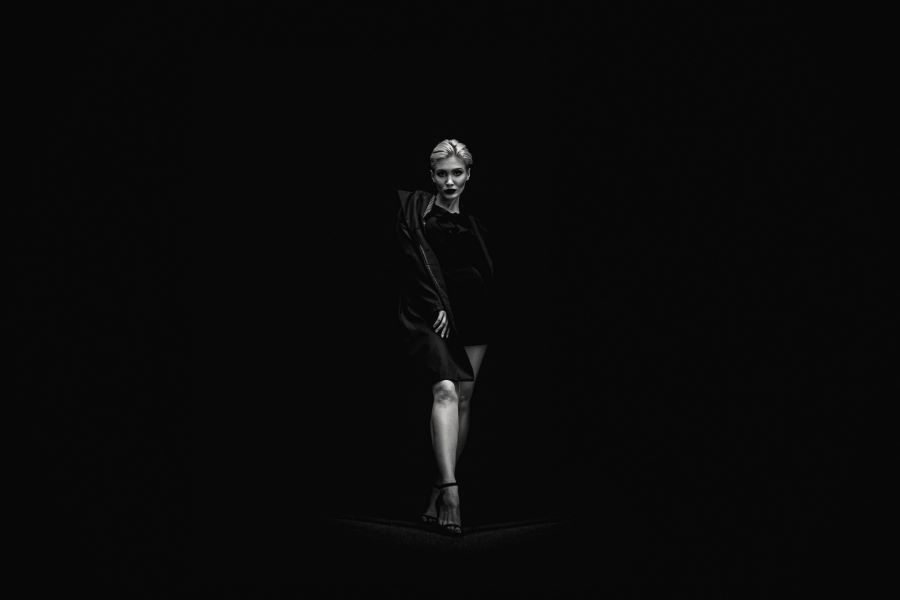
2. Contrast
The contrast in black and white photos is another thing that can help the artist with a message they want to send with their peace. For a softer vibe, you should probably choose a low contrast landscape, but for powerful and dynamic ones, high contrast must be included.
3. Tones
Different tones on the same photograph can send two opposite emotions. Darker tones are perfect for the mysterious and foreboding vibe, and lighter is usually reserved for happier and positive emotions. In a way, darker or lighter tones are a great tool for storytelling.
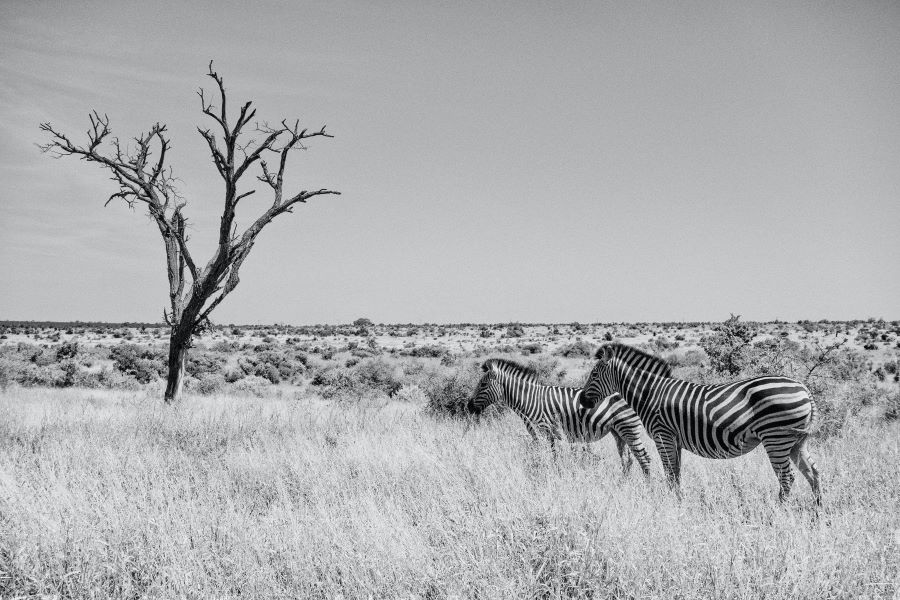
4. Shapes
When the absence of color occurs, we turn to shapes, especially when it comes to black and white photography. That’s why it is important to think about the composition and contrast between the objects. Combine shapes and textures to add that wow-factor to every photo you take.
5. Texture
Texture has a significant impact on a black and white photography mood. When the texture of an object is soft photograph can have a melancholic or balanced vibe, and if it is sharp, the photo can seem dark, strict, mystic, and spooky even.
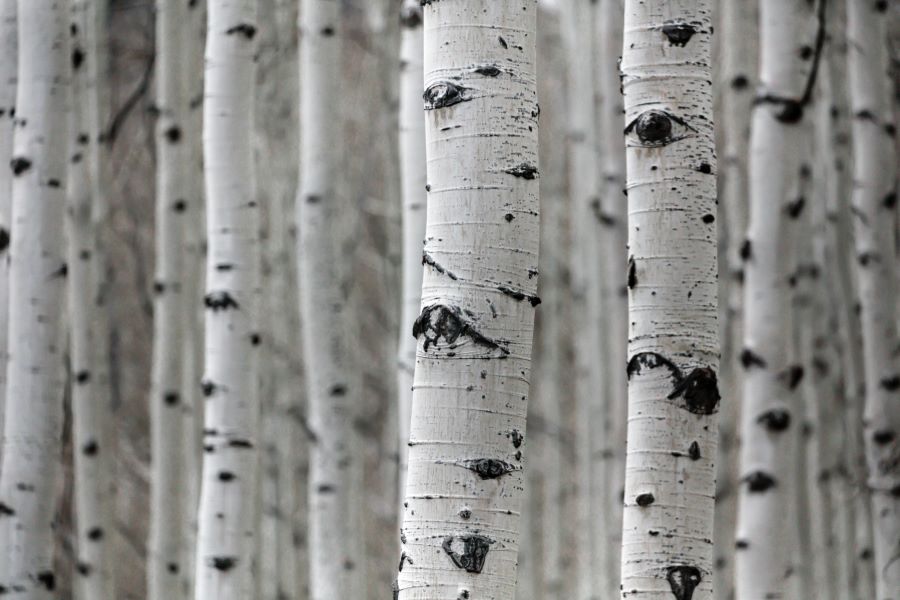
6. Emotion
The number one thing every artist wants to present is emotion. And the best way to do that is to combine previously mentioned shapes, texture, contrast, shadows, and tones while creating the best possible composition.
Choose the best file format for black and white photography
We already mentioned that the best way to do black and white photography in post-production. The main reason why you should do that is that most of the cameras are storing black and white photos in JPGs, which means that the traces of the editing process can be visible. So, every time you have an option to choose between JPG and raw files, you should use a raw image file format when taking photos with your camera because raw files keep image quality even after editing.
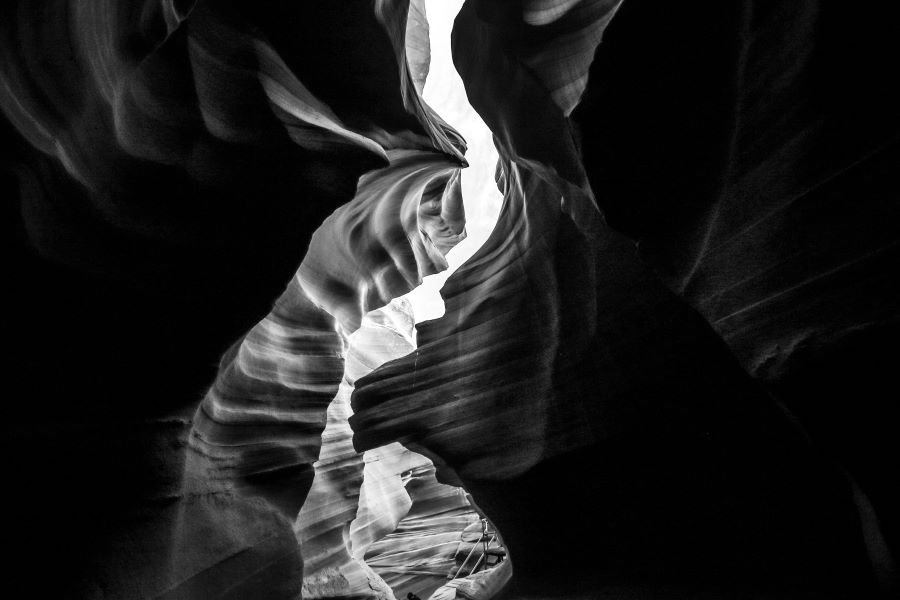
For example, if you are a proud owner of a Canon camera, your photos should have a CR2 or CRW file extension. On the other hand, if you use a Nikon camera, the file extensions your file should have is NEF. Every camera producer has its file format specially designed for their products. Luckily, there are plenty of editing tools and programs that support various file formats. Regardless of file extension, you will be able to open and edit your photos, and thanks to raw format, even after the changes are made, the quality will stay the best possible one.
The bottom line is to take your photos in color, edit them while they are in raw format, and export your black and white images in any file you want. Why? Because no matter which file extensions you choose, you can always use an image file format converter to change your mind.
In the end, the only thing you should know is that the black and white photography and raw files are a great match, as long as you don’t use the camera’s built-in filters. In case you were wondering why it’s because if you will keep more of the original data if you keep photo without any filters. Later, you can manipulate with effects and filters using editing apps and tools.



